Top 5 Data Integration Tools in 2024
Data integration has become an essential component of corporate success as the generation of data continues to grow exponentially. As data generation continues to increase exponentially, organizations are faced with the challenge of merging disparate data sources into a cohesive context. This is where data integration tools come in, enabling seamless data integration in a data warehouse and enhancing decision-making capabilities.
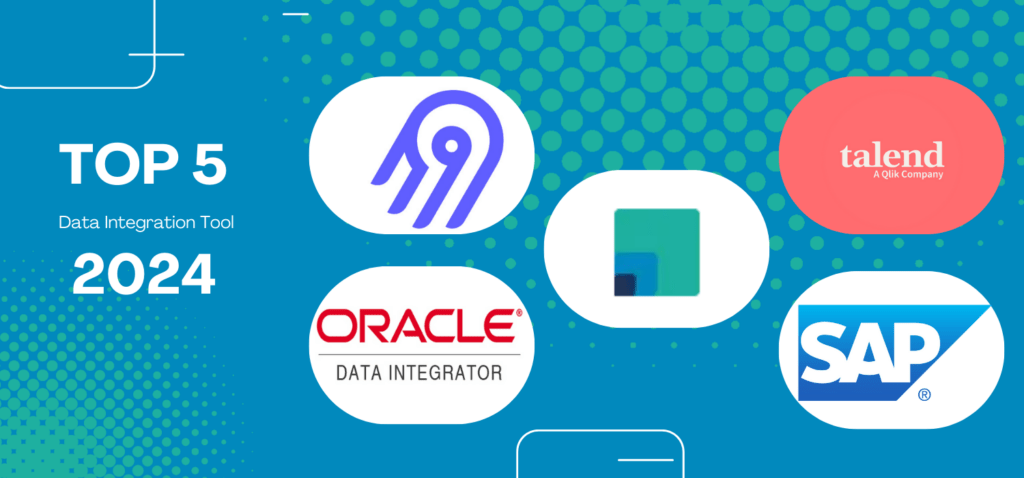
Overview
Understanding Data Integration
Data integration is a critical process that involves bringing together data from multiple sources across an organization to create a unified, accurate, and up-to-date dataset. This dataset is crucial for conducting business intelligence (BI) activities, data analysis, and other essential business processes. Data integration encompasses various activities such as data replication, ingestion, and transformation, which ensure that different types of data are combined and standardized in a target repository, such as a data warehouse.
Key Use Cases in Data Integration
Data integration serves several important use cases, including data ingestion, data replication, data warehouse automation, and big data integration. Let’s explore each of these use cases in detail.
Use Case 1️⃣: Data Ingestion
Data ingestion involves moving data from various sources to a storage location, such as a data warehouse or data lake. Ingestion can occur in real-time or in batches and typically includes cleaning and standardizing the data for further analysis. Data ingestion is essential when migrating data to the cloud, building data warehouses, data lakes, or data lakehouses. Managed data lakes automate the process of providing continuously updated, accurate, and trusted data sets for business analytics.
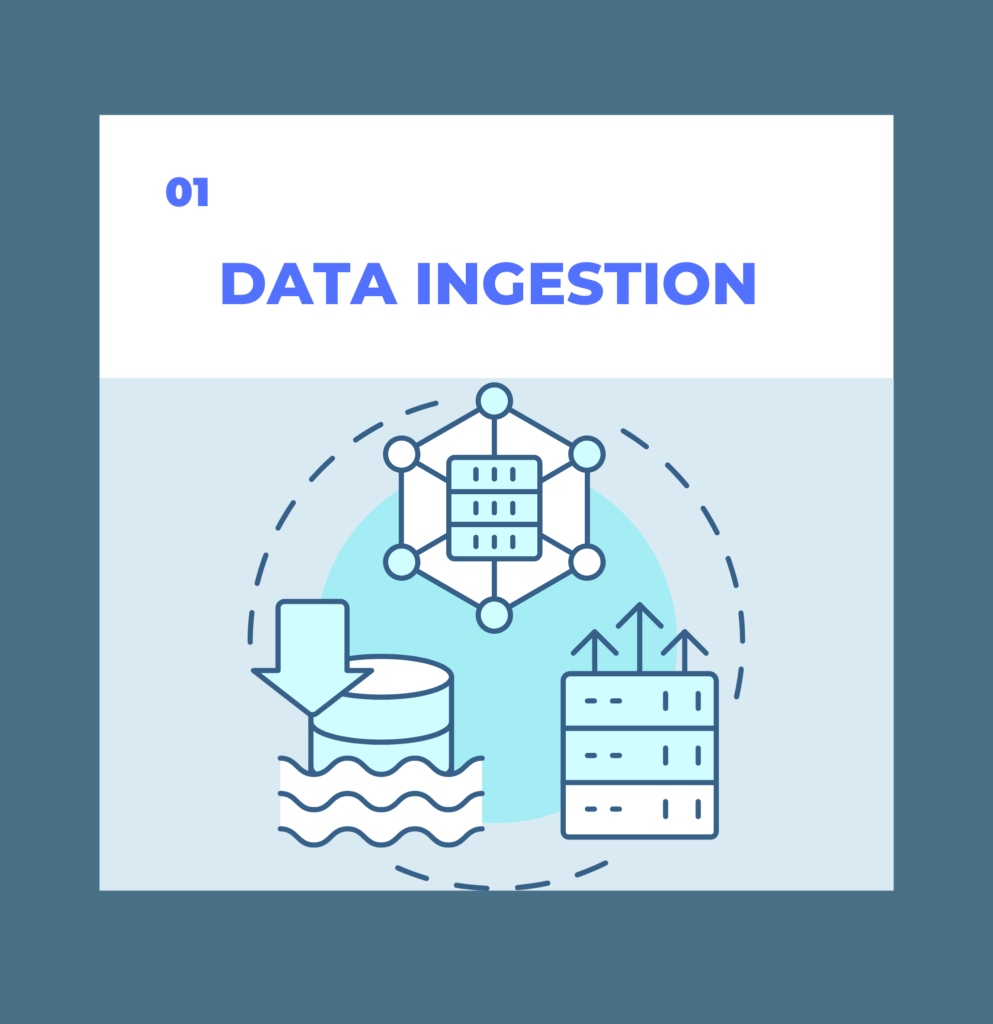
Use Case 2️⃣: Data Replication
Data replication involves copying and moving data from one system to another, ensuring that the correct information is backed up and synchronized to operational uses. Replication can occur in bulk, in batches on a scheduled basis, or in real-time across different data centers or the cloud.
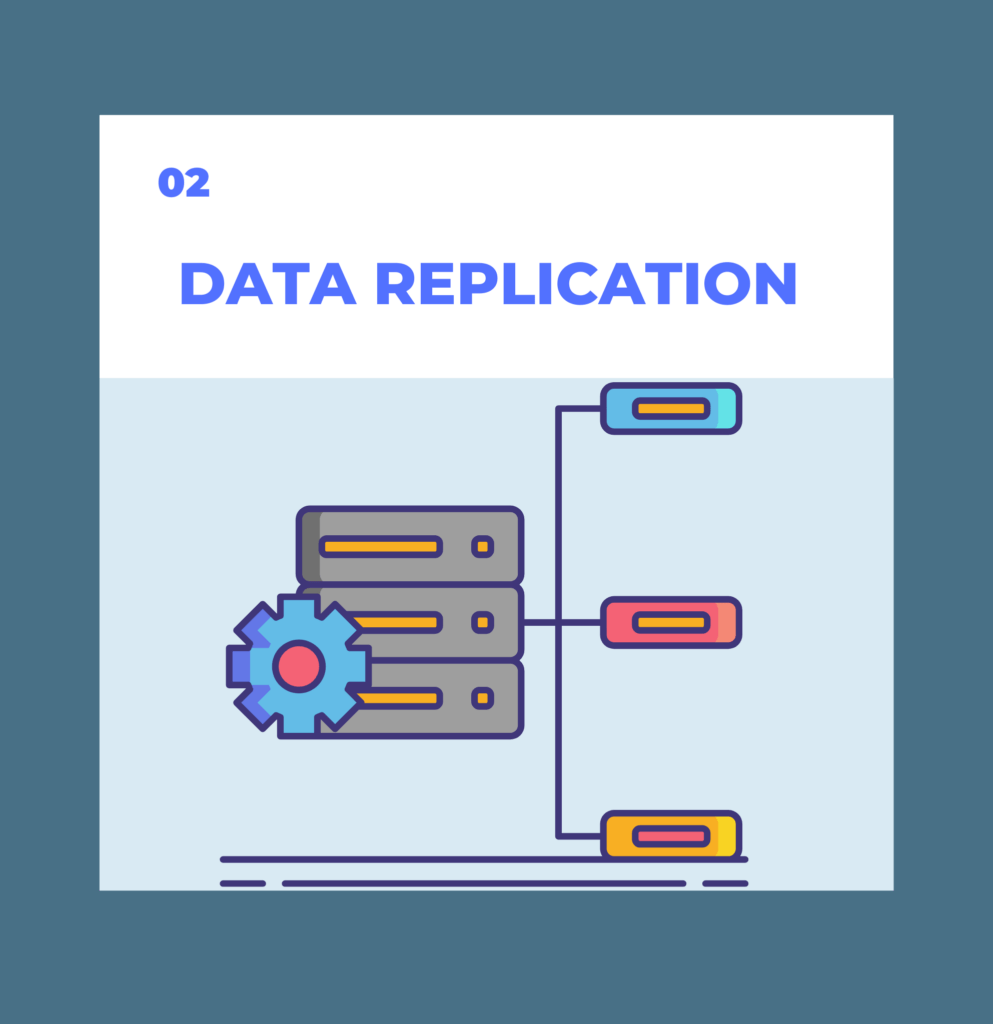
Use Case 3️⃣: Data Warehouse Automation
Data warehouse automation accelerates the availability of analytics-ready data by automating the entire data warehouse lifecycle. This automation covers tasks such as data modeling, real-time ingestion, creating data marts, and implementing governance. Automated and continuous refinement plays a vital role in the creation and operation of data warehouses.
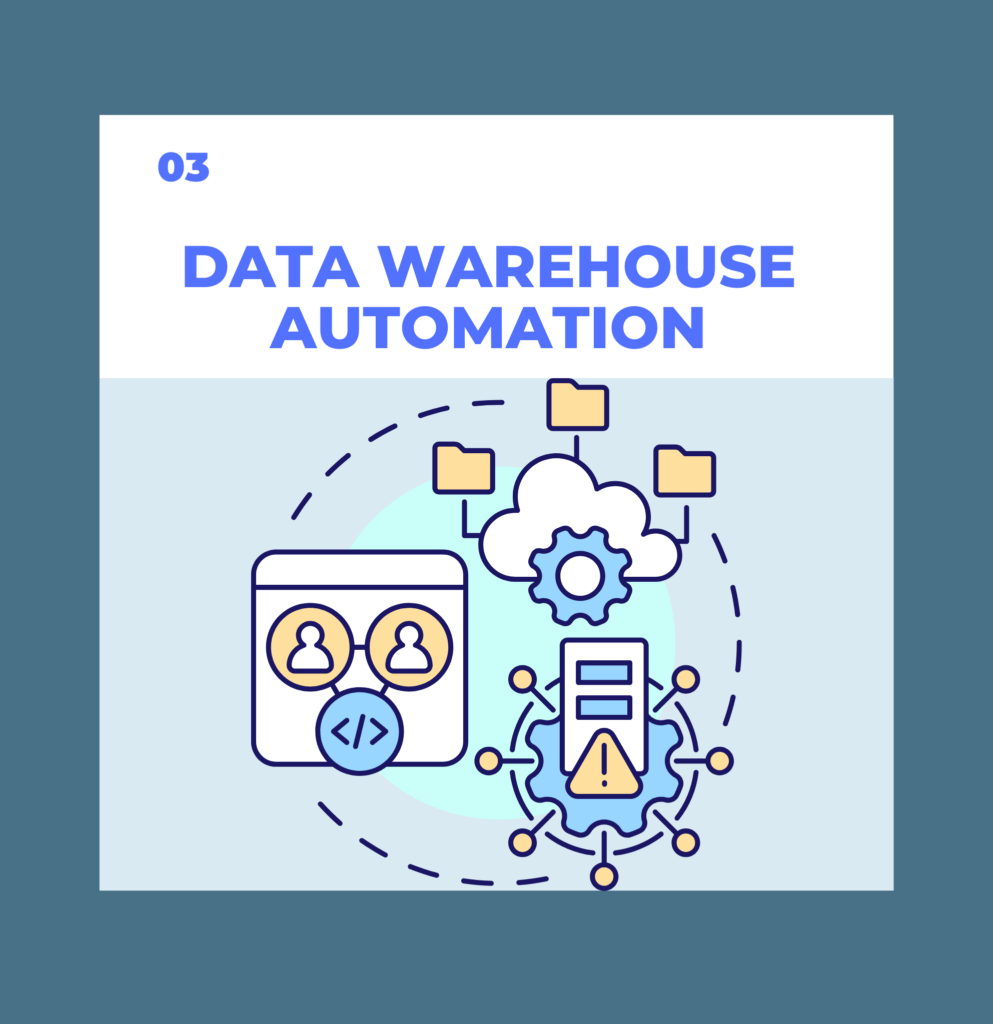
Use Case 4️⃣: Big Data Integration
Big data integration involves moving and managing massive volumes of structured, semi-structured, and unstructured data associated with big data analytics. This integration requires advanced tools and techniques to consolidate and transform big data from multiple sources while ensuring data lineage, quality, scalability, and performance. Big data integration enables organizations to provide a complete and current view of their business, supporting big data analytics and other applications.
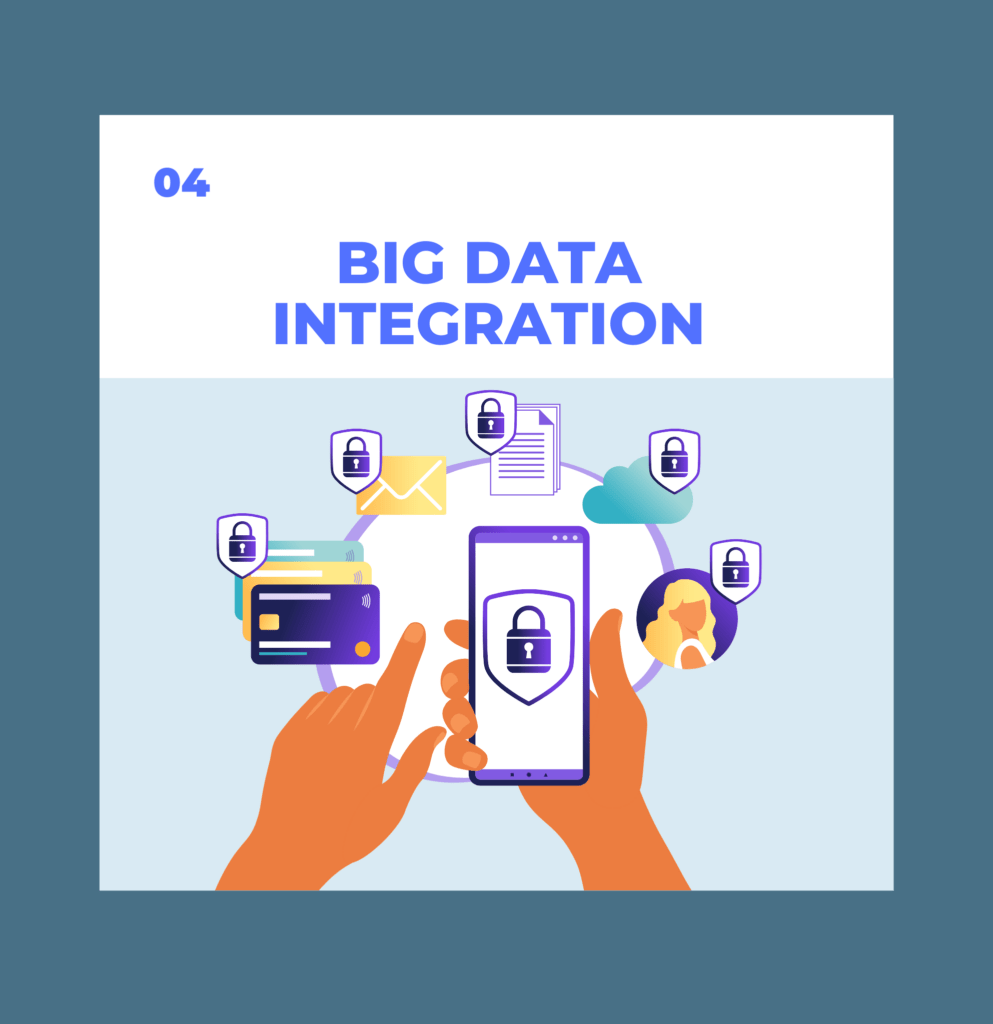
Top 5 Data Integration Tools
In the rapidly evolving landscape of data integration, several tools have emerged as leaders in the field. Here are the top 5 data integration tools to consider in 2024:
1. Airbyte
Airbyte is known for its Extract, Load, Transform (ELT) solutions. It offers a library of pre-built connectors, making it easy to connect and integrate data from various sources. Airbyte supports both structured and unstructured data, allowing organizations to handle diverse data types. With its no-maintenance data transfer approach and rich features tailored for non-technical users, Airbyte stands out as a user-friendly and efficient data integration tool.
2. Oracle Data Integrator (ODI)
Oracle Data Integrator (ODI) is a powerful data integration tool that is particularly popular for connecting with Oracle products. It provides a comprehensive set of features for handling various data integration needs, including data transformation, cleansing, and enrichment. ODI enables seamless integration between different systems, making it an ideal choice for organizations heavily reliant on Oracle technologies.
3. SAP
SAP Data Services is a data integration tool that specializes in improving data quality and ensuring near-real-time data transportation. It offers a range of features for data extraction, transformation, and loading. SAP Data Services also provides capabilities for data quality management, data governance, and data profiling. Organizations using SAP technologies can leverage SAP Data Services to streamline data integration processes and maintain data integrity.
4. Talend
Talend is a widely recognized data integration tool that offers over 1000 connectors for moving data across various systems. It provides comprehensive data management solutions, including data integration, data quality, and data governance. With its powerful ETL capabilities, Talend enables organizations to efficiently extract, transform, and load data from disparate sources into a unified environment. Its highly extensible and customizable nature makes it a popular choice among data integration professionals.
5. Qmantic
Qmantic is a cutting-edge data integration tool that leverages advanced technologies such as AI and machine learning. It allows organizations to seamlessly move data between various sources and destinations. It offers sophisticated data transformation capabilities, allowing organizations to process and analyze data effectively. Qmantic’s unique approach to data integration enables businesses to derive valuable insights and make data-driven decisions. With its emphasis on automation and intelligence, Qmantic simplifies the data integration process and enhances efficiency.
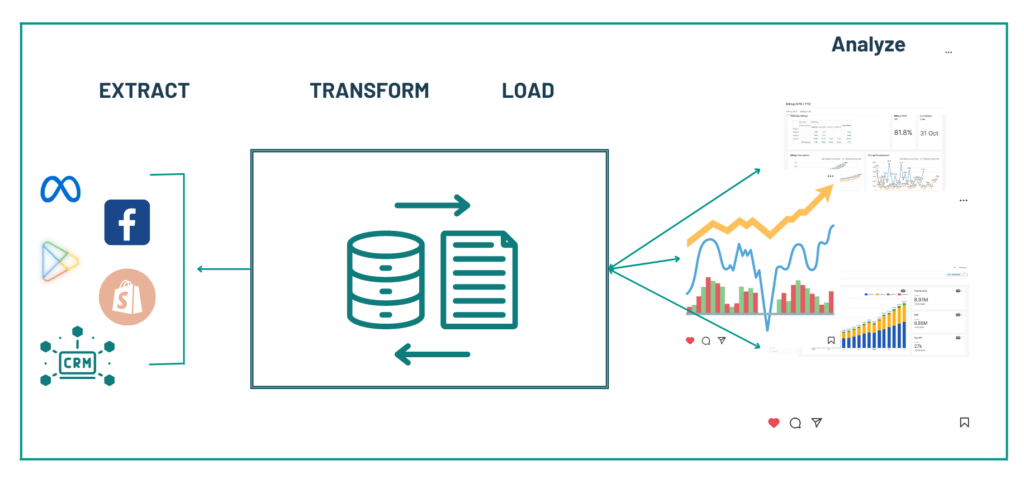
Benefits of Using Qmantic
- Firstly, these tools enable seamless data integration from various sources, eliminating the need for manual data manipulation and consolidation. This saves time and resources while ensuring data accuracy and consistency.
- Secondly, data integration tools enhance data processing speed and efficiency. By automating the ETL or ELT process, organizations can rapidly extract, transform, and load data into their target systems. This enables faster data analysis and reporting, allowing businesses to make timely decisions based on up-to-date information.
- Thirdly, data integration tools offer scalability and flexibility. As organizations grow and their data requirements evolve, these tools can easily accommodate the expanding data volumes and support new data sources and systems. This scalability ensures that businesses can effectively manage and integrate their data as they continue to expand.
In conclusion, data integration tools have become indispensable for organizations seeking to merge disparate data sources into a cohesive context. The top 5 tools mentioned – Airbyte, Oracle Data Integrator (ODI), SAP Data Services, Talend, and Qmantic – provide comprehensive data integration solutions that enhance decision-making capabilities. By utilizing these tools, businesses can streamline their data integration workflows, improve data quality, and gain valuable insights from their data.





